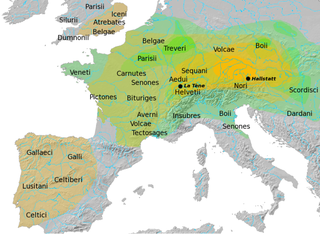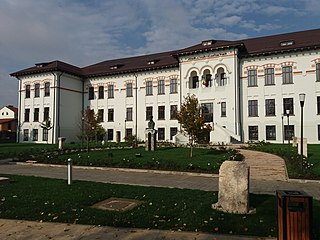 W
WThe Dacians were the ancient Indo-European inhabitants of the cultural region of Dacia, located in the area near the Carpathian Mountains and west of the Black Sea. They are often considered a subgroup of the Thracians. This area includes mainly the present-day countries of Romania and Moldova, as well as parts of Ukraine, Eastern Serbia, Northern Bulgaria, Slovakia, Hungary and Southern Poland. The Dacians spoke the Dacian language, which has a debated relationships with the neighbouring Thracian language and may be a subgroup of it. Dacians were somewhat culturally influenced by the neighbouring Scythians and by the Celtic invaders of the 4th century BC.
 W
WThe appearance of Celts in Transylvania can be traced to the later La Tène period . Excavation of the great La Tène necropolis at Apahida, Cluj County, by S. Kovacs at the turn of the 20th century revealed the first evidence of Celtic culture in Romania. The 3rd–2nd century BC site is remarkable for its cremation burials and chiefly wheel-made funeral vessels.
 W
WPavonazzetto marble also known as Docimaean marble or Synnadic marble, is a white marble originally from Docimium, or modern İscehisar, Turkey.
 W
WThe Iron Gates Region Museum is a museum in Drobeta-Turnu Severin, Romania.
 W
WThe Helmet of Agighiol is a Getae silver helmet dating from the 4th century BC, housed in the National Museum of Romanian History, Bucharest.
 W
WThe Golden Helmet of Coțofenești is a Geto-Dacian helmet dating from the first half of the 4th century BC.
 W
WThe Helmet of Iron Gates is a Geto-Dacian silver helmet dating from the 4th century BC, housed in the Detroit Institute of Arts, United States.
 W
WThe Helmet of Peretu is a Geto-Dacian silver helmet dating from the 4th century BC, housed in the National Museum of Romanian History, Bucharest. It comes from Peretu area, in the Teleorman County, Romania. There were 50 artifacts having 750g. The helmet is similar to the Helmet of Coţofeneşti and other three Getian gold or silver helmets discovered so far.